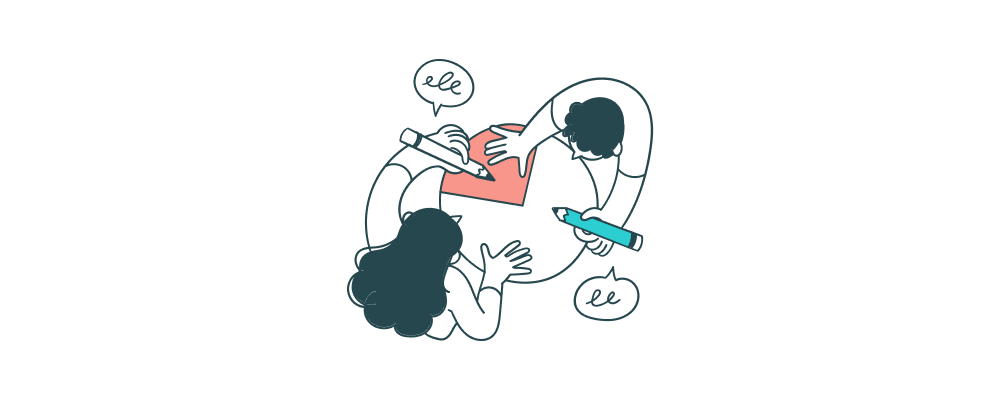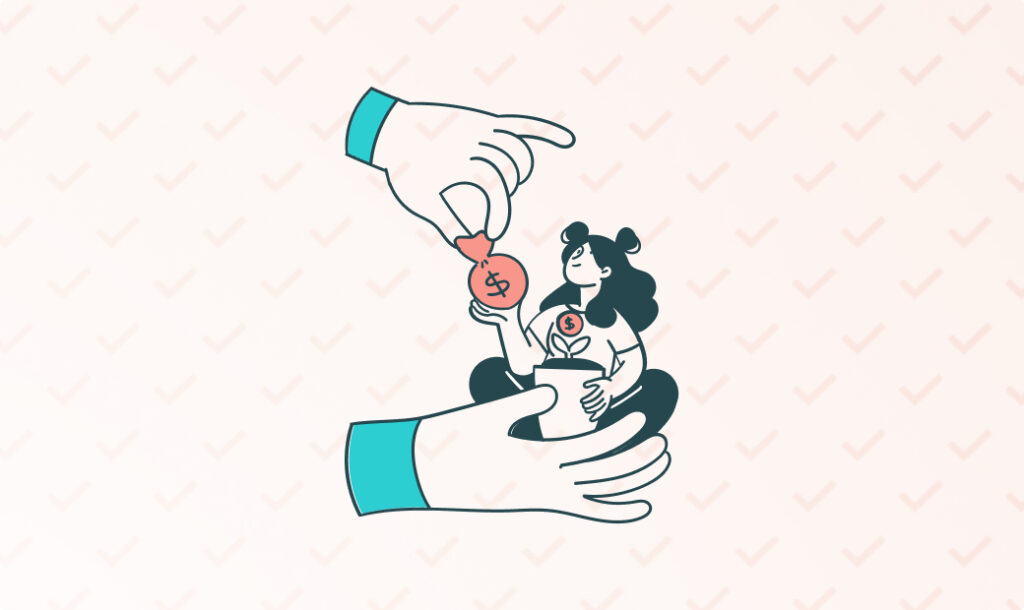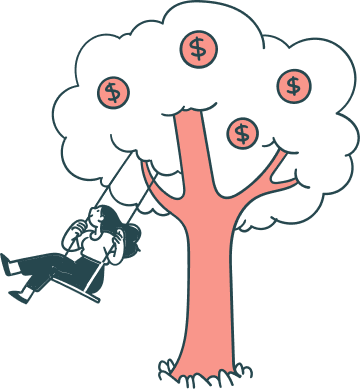Once you’ve spread the word about your nonprofit and begun securing the support of donors, don’t let all your hard work go to waste! As nonprofit organizations and their donor bases grow, donor retention becomes increasingly important. By retaining the support of more of your donors over time, you’ll be able to:
- Deepen your relationships with existing donors
- Encourage retained donors to give larger donations and get involved in new ways
- Reduce the need to constantly acquire new donors through costly advertising campaigns
Donor retention will sustain your nonprofit’s growth, and to retain donors, you’ll need to actively work to steward your relationships with them.
Even if you don’t have a dedicated development team in charge of fostering relationships with your most important donors, understanding the fundamentals of stewardship will be invaluable.
Let’s explore three foundational best practices and how nonprofits typically approach them. As you read, consider how you might best adapt them to your organization’s own unique context and the resources you have available.

Take an organized approach to donor stewardship.
First, you’ll need to be organized. Managing relationships with a growing base of donors requires accurately tracking and recording their donation histories and touchpoints with your organization. Nonprofits keep their stewardship processes organized with these standard tactics:
- Clearly assign stewardship roles. A designated team (or individual) should be in charge of overseeing how you’re stewarding and staying in touch with donors, whether that’s a full development team or a single gift officer.
- Use prospect and donor portfolios. Once you have one or more individuals dedicated to stewardship activities, sort your high-value donors (i.e. those that have given large gifts or have the potential to give large gifts) into separate portfolios. Portfolio management helps your team to better keep track of donor relationships over time and prioritize their outreach.
- Regularly qualify the donors in your portfolios. Donor qualification is the process of checking donors’ wealth markers and reviewing notes from previous conversations to determine how likely they are to give again soon and at what level. This essentially allows you to prioritize your stewardship efforts based on where they will generate the most value for your nonprofit.
These kinds of stewardship activities should be ongoing to yield the best results. In the Graham-Pelton donor qualification guide, we recommend making it a regular part of your work to ensure your team prioritizes outreach to the most engaged donors.

Continually learn more about your donors.
Donor stewardship is about more than just keeping track of data and touchpoints in order to ask for future gifts—it’s fundamentally about maintaining and growing your relationships with donors so that they’ll want to keep supporting your nonprofit over time.
This means staying in touch with them, having frequent conversations, and learning more about them as people. This aspect of stewardship will involve a few different types of information:
- Wealth markers. Publicly accessible information about individuals’ careers, stock and property holdings, previous donation amounts, and more can help you roughly determine their ability to give.
- Affinity markers. Other prospecting data points about individuals’ interests and histories with other nonprofits allow you to get a sense of what they’re passionate about.
- Personal anecdotes and discussions. One-on-one conversations with donors can reveal a lot about what motivates them to give and how they’re interested in getting involved. If you’ve received a larger-than-average donation, reach out to that donor to thank them, ask what drew them to your nonprofit, and generally initiate a conversation.
Of course, this level of personal outreach and research isn’t feasible for every single donor, which is why the organizational steps outlined above are so important for focusing your efforts. But once you have a clear sense of where your time will best be spent and which donors you want to prioritize retaining, you’ll have a list of individuals and can begin reaching out and conducting prospect research.

Involve your donors in new ways.
So you’ve set up an organized stewardship process, learned more about your top donors, and stayed in touch so that you can keep asking for their support over time. What next?
Stay on the lookout for new ways for your donors to get involved with your mission. By further engaging donors with your organization, you’ll be able to deepen these relationships and encourage additional support over time. Consider these strategies for involving your top donors:
- Offer them new ways to give. It’s no secret that charitable donations bring tax benefits for donors. Asking if your top donors would be interested in setting up a planned gift or donating stock can motivate them to give more than they might if just donating out-of-pocket. FreeWill’s stock giving guide discusses the benefits of this form of giving.
- Organize special events for them. An appreciation event can go a long way to show donors that you value their involvement. They can range from casual site visits to formal galas and auctions, but remember to keep the focus on expressing gratitude and showing donors the impact they’ve had and can continue to have.
- Ask them to volunteer—but lean into their unique connections and skills. A well-connected major donor might be excited to volunteer at your next event, but they could also be the perfect person to host a charity mixer and invite their friends and colleagues. Your top donors can likely offer valuable introductions that will spark new relationships to help push your mission forward.
- Seek their input. Show your top donors you value their help and want them to be a part of your organization by asking for feedback in your one-on-one conversations. Including these donors in your feasibility studies for major campaigns and/or asking for their thoughts on your case for support is another standard practice that can help secure their buy-in from the very start of the project.
Involvement can come in all shapes and sizes, especially for a nonprofit’s top donors who might be looking to drive greater impact on an organization’s ability to pursue its mission effectively. If you’re already having regular conversations with key donors, simply ask them if there are other ways they’d like to get involved and offer a few ideas.
These foundational stewardship best practices are often applied specifically to a nonprofit’s most impactful donors. By retaining their support and growing your relationships with them, you’ll have made an outsized investment in your nonprofit’s future.
But don’t forget to consider all your donors. Stewardship essentials like staying organized, keeping your mission on donors’ minds, expressing your gratitude, and finding ways to diversify their involvement can and should be adapted to your entire community. A stable base of support made up of retained donors is the best asset your organization can have and one that will fuel sustainable growth for years to come.



